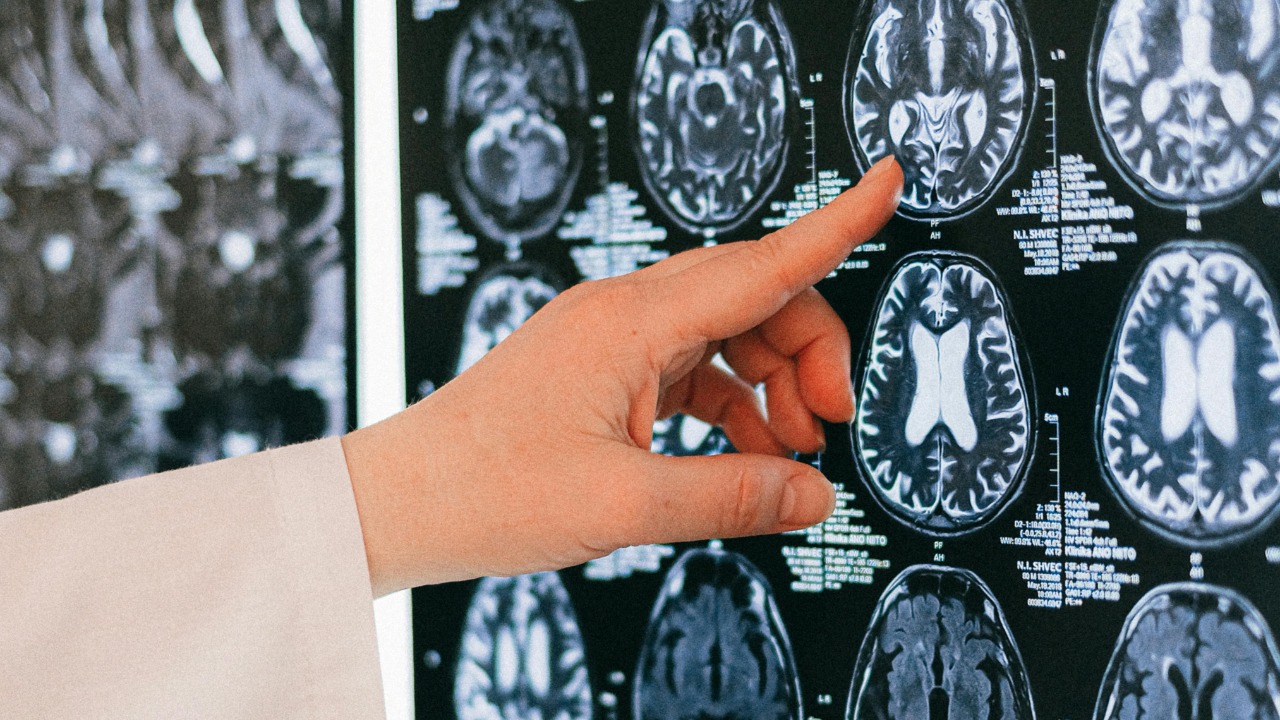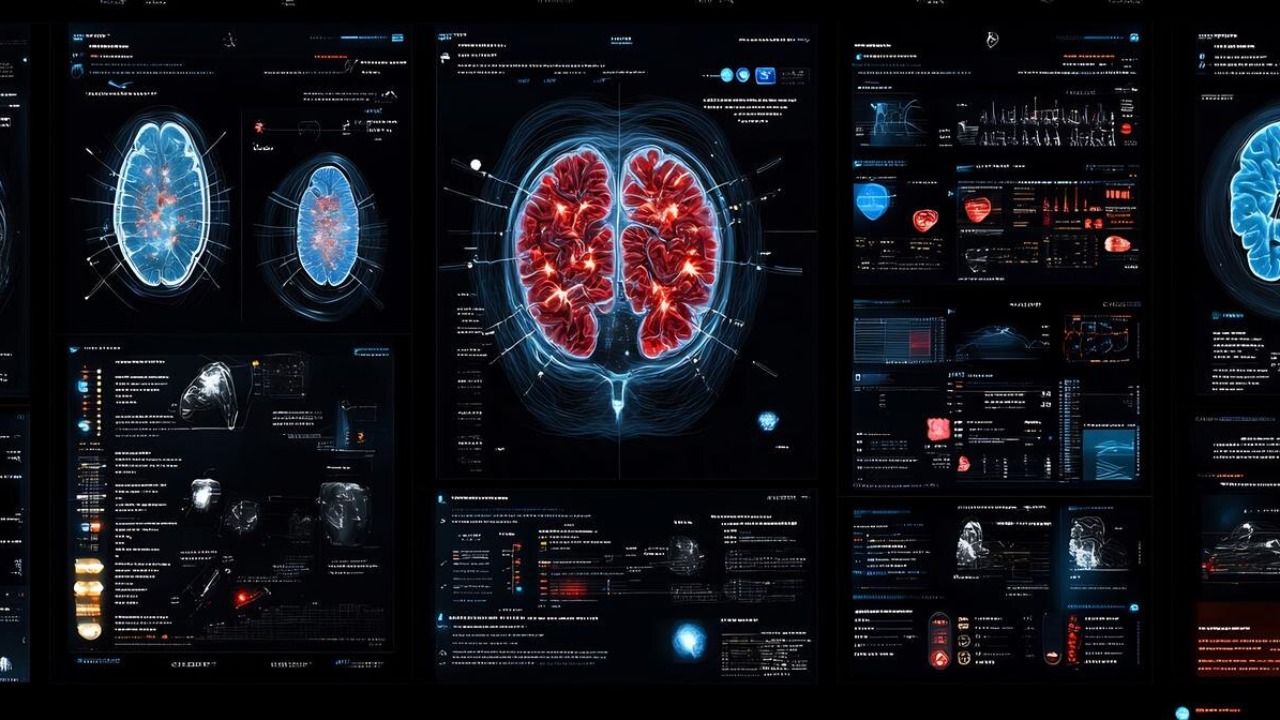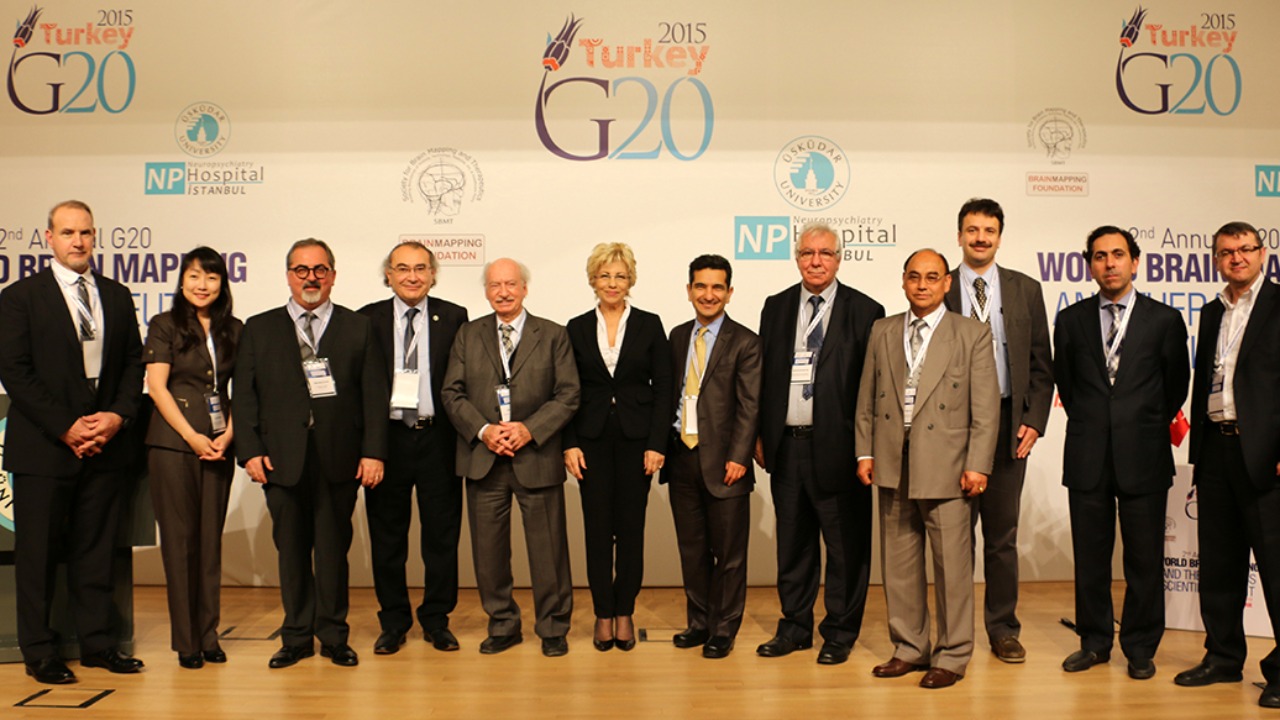
Recent advancements in neuroscience have led researchers to map the human brain at single-cell resolution, offering unprecedented insights into its complex architecture. This remarkable achievement is expected to revolutionize our understanding of brain function and disease, providing a foundation for novel therapeutic approaches.
The Breakthrough in Brain Mapping

Technological innovations have played a pivotal role in achieving the groundbreaking mapping of the human brain at single-cell resolution. Techniques like single-cell RNA sequencing and advanced imaging methods have been instrumental in this process. These technologies allow scientists to analyze individual cells, providing a detailed view of the brain’s architecture that was previously unattainable. By examining the gene expression of individual cells, researchers can map out the intricate landscape of cellular diversity within the brain. Such advancements are reshaping our understanding of neural networks and their functionality.
Collaboration has been another critical factor in this breakthrough. A global network of institutions, including the NIH, the Broad Institute, and other leading research centers, have pooled their resources and expertise to accomplish this feat. This collaborative effort underscores the importance of sharing knowledge and resources across borders to advance scientific understanding. The synergy among these institutions has been crucial in overcoming the challenges that come with such a complex undertaking.
The mapping has unveiled the brain’s complexity in ways previously unimagined. By revealing the brain’s cellular diversity and organization, researchers are challenging long-held assumptions about its structure. The newfound understanding of how cells are organized and interact within the brain paves the way for fresh insights into its functionality. The data generated from this mapping is expected to fuel further research, potentially redefining our approach to studying the brain and its myriad functions.
Understanding Cellular Diversity

The intricate mapping of the human brain has led to the identification of a vast array of cell types, each with unique characteristics and functions. Neurons, long recognized as the primary communicators within the brain, are just one part of the story. The mapping has also shed light on glial cells, which play crucial roles in supporting and protecting neurons, as well as other, less-understood cell types. This newfound knowledge enhances our understanding of the brain’s cellular ecosystem and the roles these cells play in maintaining its overall health.
Understanding the specific roles and interactions of these diverse cell types offers significant insights into brain function. By exploring how different cells communicate and coordinate, researchers can gain a better understanding of how the brain processes information and responds to stimuli. This knowledge is particularly valuable in understanding potential dysfunctions that can arise when these cellular interactions go awry. The implications of this research extend to a wide array of neurological disorders, providing a clearer picture of conditions like Alzheimer’s, autism, and schizophrenia.
The detailed mapping of the brain holds promise for improving our understanding and treatment of various brain disorders. By pinpointing the cellular anomalies associated with specific conditions, scientists can develop targeted therapeutic strategies that address the root causes of these disorders. This approach could lead to more effective treatments and improved outcomes for patients suffering from neurological conditions.
Applications and Future Research

The implications of this research extend far beyond basic science, with significant potential for therapeutic development. By leveraging the detailed knowledge of specific cellular functions and locations, scientists can design targeted therapies that address the underlying causes of neurological disorders. This precision medicine approach holds promise for developing treatments that are more effective and have fewer side effects compared to traditional methods.
Another exciting possibility is the development of personalized medicine strategies, tailored to an individual’s unique brain cell composition and genetic makeup. By understanding the specific cellular landscape of a person’s brain, doctors could devise treatment plans that are customized to their needs, maximizing therapeutic efficacy and minimizing adverse effects. This personalized approach could revolutionize the way we treat brain disorders, offering hope for more effective management of conditions that have long eluded conventional therapies.
Looking forward, researchers are eager to explore future directions in brain mapping. One area of interest is the brain’s connectivity, which remains a largely uncharted frontier. Understanding how different brain regions are connected and communicate with each other could provide valuable insights into the brain’s overall function. Additionally, researchers are considering the potential application of similar mapping techniques to other organs, which could yield new insights into their functions and dysfunctions.
Ethical and Societal Implications

As with any major scientific advancement, the detailed mapping of the human brain raises important ethical considerations. Chief among these is data privacy. The collection and use of detailed brain data necessitate stringent measures to ensure privacy and consent. Researchers must navigate these ethical challenges carefully, balancing the need for scientific progress with the imperative to protect individual rights and privacy.
The impact of this breakthrough on the field of neuroscience cannot be overstated. By shifting paradigms and opening new research avenues, this achievement is set to change the landscape of neuroscience research. Scientists now have access to a wealth of data that can fuel innovative studies, potentially leading to new discoveries and breakthroughs that were previously unimaginable.
Communicating these scientific advances to the public is crucial. Ensuring that society is informed and engaged with the implications of this research is essential for fostering a greater understanding and appreciation of the brain’s complexity. By making the science accessible and relatable, researchers can inspire the next generation of scientists and encourage public support for ongoing research efforts.
Challenges and Limitations

Despite the remarkable progress made in mapping the human brain at single-cell resolution, there are still technical limitations to address. The current technologies, while advanced, have their constraints, and further validation is necessary to confirm the accuracy and reliability of the data. Researchers must continue to refine these methods and develop new techniques to overcome these challenges and fully exploit the potential of this research.
Interdisciplinary collaboration will be essential to overcome the challenges and limitations of brain mapping. Scientists from diverse fields, including neuroscience, bioinformatics, and genetics, must work together to tackle the complex questions that arise from this research. By pooling their expertise and resources, researchers can address the multifaceted nature of brain mapping and drive the field forward.
Resource allocation is another challenge that must be addressed to ensure the sustainability of this research. Funding and support are crucial for the continued success of brain mapping efforts. Securing adequate resources will enable researchers to pursue innovative studies, develop new technologies, and ultimately unlock the full potential of this groundbreaking work.